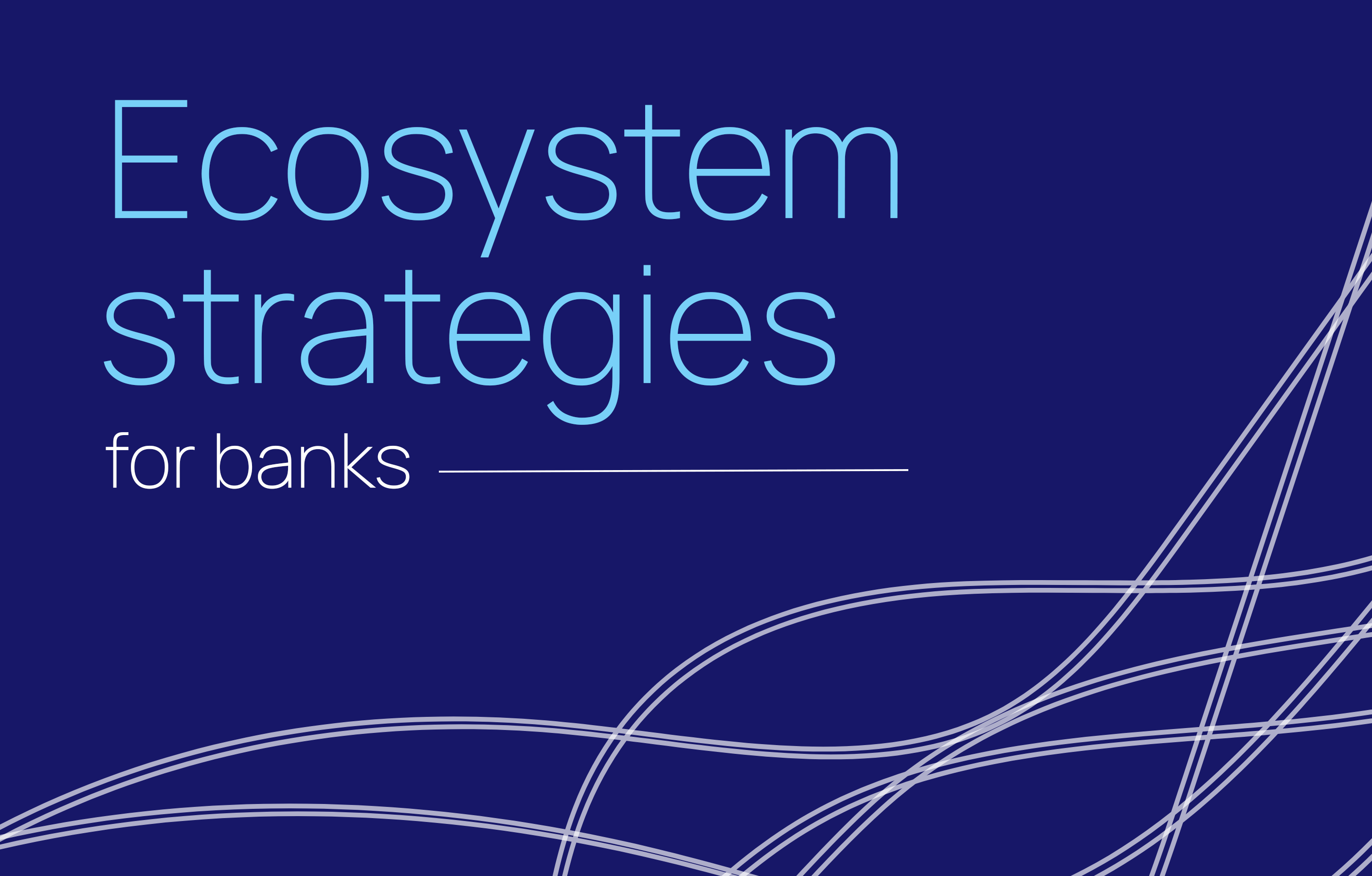In the last decade, the financial sector has experienced seismic shifts, primarily driven by digital transformation. This evolution is reshaping what we’ve traditionally understood as financial supply chains. Traditional chains were linear and rigid, but with the advent of digital technology, these chains have morphed into dynamic, interconnected networks.
The rise of digital supply chains
Historically, financial supply chains involved straightforward, albeit cumbersome processes that could not easily adapt to rapid changes or integrate new technologies. However, the landscape is shifting dramatically with digital supply chains enabling unprecedented flexibility and responsiveness. This shift is vividly illustrated by the emergence of Banking-as-a-Service (BaaS) and embedded finance—both epitomizing the disruption in financial services. These models not only accelerate service delivery but also broaden access to financial products, setting new standards in the industry.
The core challenge for banks
The digital shift, however, isn’t without its challenges. One significant issue facing banks is the risk of becoming “invisible” partners in fintech collaborations. As banks provide the financial backbone for innovative services offered by fintechs, they often worry about losing their identity and connection with customers—what I’ve called “brand anonymity.” This is a legitimate concern as it touches the very essence of traditional banking relationships. This evolving landscape necessitates a shift in strategy, particularly in how banks view their role within the broader financial ecosystem.
The imperative for an ecosystem strategy
In response to these challenges, developing a robust ecosystem strategy becomes not just an option, but a necessity. Traditional market strategies often focus on ownership and control, whereas ecosystem strategies emphasize collaboration and integration. A compelling example of this in action is Apple Pay, which seamlessly combines services from different providers to deliver a smooth transaction experience that benefits all involved parties.
Banks that adopt an ecosystem strategy can enhance their role in credit sponsorship, ensuring they not only survive but thrive in the new digital economy. This approach requires rethinking traditional roles and embracing a more expansive view of product and service delivery.
Cultivating internal commitment
Adopting new digital strategies can be daunting, challenging the entrenched brand values and cultural norms within banks. To navigate this transition, banks need to foster an organizational mindset that is both rooted in their core values and expansive in embracing new distribution models.
In my experience, the importance of neuroplasticity in supporting these shifts cannot be overstated. I often describe this process through the metaphor of ‘neurons that fire together wire together,’ which highlights that repeated, focused efforts on new ways of thinking can solidify new concepts within a team. To guide teams towards more collaborative and adaptive behaviors, I advocate for establishing KPIs that focus on influence and contribution within the ecosystem. This approach ensures that banks not only adapt to but thrive in the hyperconnected reality of the digital economy.
Leveraging modern technology
The backbone of any successful ecosystem strategy is modern technology. Legacy systems, often mired in the challenges of core modernization, can hinder banks from fully engaging in dynamic ecosystems. Innovative approaches, such as building middleware layers like MuleSoft or ModusBox around existing cores, present a strategic evolution in managing these legacy constraints. A practical example of this is Fifth Third’s acquisition of the BaaS provider Rize, driven not by its customer base but by its innovative technology. This illustrates how banks are navigating challenges by investing in BaaS providers to remain competitive. However, it’s crucial to choose platforms that not only meet current technological and regulatory standards but also offer clear visibility and control over partnerships within the ecosystem.
At LoanPro, we understand the importance of staying at the forefront of technological innovation. Our platform is designed to empower banks and fintech partnerships, ensuring that while banks may lend their services to new customer-facing solutions, they never lose sight of their strategic goals or compromise on compliance.
As banks continue to navigate these changes, the adoption of ecosystem strategies supported by advanced technology and a flexible, forward-thinking approach will be key to their success. By embracing these strategies, banks can ensure they remain relevant and influential in an increasingly interconnected and digital-first world.



